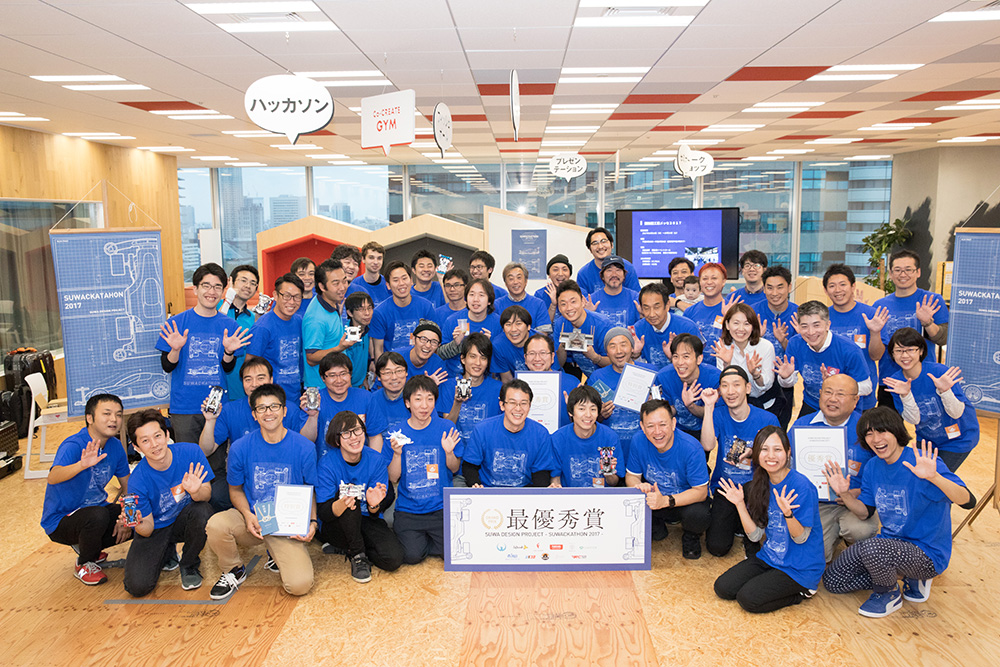
A new form of regional creation, combine the talents of local technology into the palm-sized mini 4WD
Discover and disseminate the appeal of precision processing technology that Suwa City boasts to the world
In every part of Japan, traditional industries and cultures of life that have been nurtured and refined by the rich nature unique to the land are alive. However, with the passage of time and the diversifying society, it is also true that the number of people who are traditional and those who inherit the culture of the land are decreasing. Therefore, local governments throughout the country are utilizing the latest methods such as moving images and ICT, rediscovering their own values, and conducting various projects to disseminate to the world.
Even in Loftwork a project aiming to disseminate and expand sales of the charm and merchandise of Japan to the world, ” USIO Design Project ” (2013-2015), a project to rediscover the charm of Ishigaki-jima cooperated with Ishigaki-shi, Okinawa Prefecture We have been conducting projects to communicate various charms and technologies such as local enterprises, people, business materials, such as the ” MORE THAN Project ” (2014 ~ 2016) worked by the Ministry of Economy, Trade and Industry.
And this time, we are making tags with Suwa-shi, Nagano prefecture , we are doing SUWA design project from Suwa-shi to discover and disseminate the charm of precision processing technology proud worldwide.
To discover and disseminate the attractiveness of precision technology, the theme chosen is that mini 4WD.
How did you associate Mini 4WD, which allows you to make monozukuri easily from children to adults, with local technologies? I summarized the outline of the project over three months on a slide.
SUWA design project outline project
Importance not to complete inside but to work with outside
Techniques and precision techniques of craftsmen usually do not appear on the table quite often. In order to be interested, not only what is recognized by people of various generations, but also a common language that many people actually have in hand is necessary.
On that point, I think that Mini 4WD was a very rare platform, such as a structure combining a simple structure and expandability, and existence of a community competing daily for remodeling and speed, although being a toy. I also felt the possibility of expressing the technology still more than the company that I worked on this time.
one more. I felt that I changed my importance to convey technology and tradition is not to make a completely new product or service, I try to experimentally start from something close to home. And not to complete it internally, try to work with outside skills and abilities.
Though it may not be born quickly or things that hit, I felt the response that there was not much change in the minds of the people involved in the project.
I believe that this small change leads to a challenge to what I had thought was not good and what I had not been working on so far, leading to a big step.













